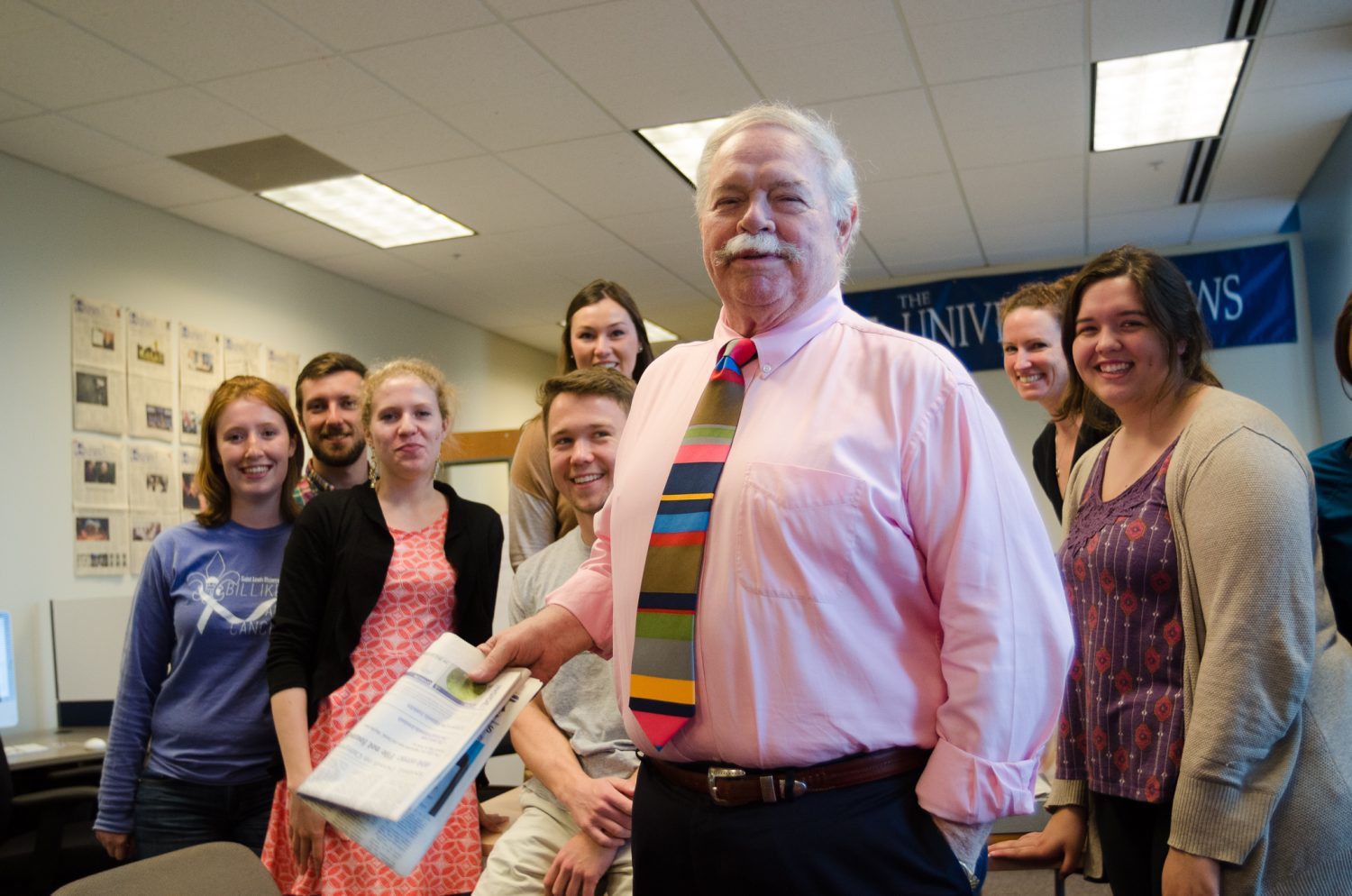About five summers ago, while on a European vacation with my
mom, I spent a day in Venice, Italy. I immediately fell in love
with the city–the gondolas, the wine, the cafes. It all seemed
like a movie, but ended too quickly when the tour guide summoned us
back to the bus after only a five-hour stay. As we drove away,
leaving the Grand Canal behind, I made a promise to myself: I would
one day return to Italy.
I have been fortunate enough to do just that. I am studying for
a semester in Rome. The fond memories notwithstanding, I still
found it hard to leave home. As I began to pack my suitcase I
started having my doubts. Was I ready for this?
One of my best friends, Brad, sensing my heightened anxiety,
made plans for the two of us to go to dinner and a movie just
before I was to leave. As soon as I got in his car, my stomach
started tying itself into knots. Images of me stranded in an
unfamiliar place, unable to ask for directions began flooding my
mind. “Four months in a foreign country?” I thought. “It’s not too
late to back out.”
“Brad,” I began, now worrying out loud, “I think it might just
be easier if I return to Saint Louis University. I know my way
around; I have a great group of friends and at least people
understand what I’m trying to say. Maybe this whole Rome thing
isn’t for me.”
Brad didn’t respond, and given his spunky and talkative nature,
I assumed he hadn’t heard me. Desperately wanting his advice, I
continued voicing my doubts. This time he interrupted me.
“Elle, your life should always be uncomfortable,” he said.
Was he kidding? Everyone spends their entire life striving to
find comfort, I thought. I’ve seen adults who work 18-hour days in
hopes of someday having a comfortable retirement. Who wants it any
other way?
Sensing that I wasn’t satisfied with his advice, Brad
explained.
“Being uncomfortable doesn’t mean being unhappy. It just means
that you have to challenge yourself, do things you wouldn’t
normally do. Going back to SLU instead of going to Rome would be
the easy way out. Spending a semester in Rome won’t be easy–at
times you will be uncomfortable. But I bet you won’t regret the
experience.”
I was speechless (trust me, this rarely happens); Brad’s advice
didn’t comfort me, it challenged me.
I have thought of Brad’s suggestion every day since arriving in
Rome three weeks ago. Though adjusting to a different country was
initially overwhelming, I have forced myself to become a part of
the Italian culture. Every day I take walks and talk to the locals.
I enjoy getting lost and using the little Italian I know to ask for
directions. I even try foods that I don’t know the English words
for. I make myself uncomfortable.
Despite my attempts to take Brad’s advice, none of my challenges
can compare to what I witnessed while sightseeing in Florence last
weekend.
There are many tourist attractions in Florence–the statue of
David, the Uffizi Gallery, the “Bridge of Sighs.” My favorite is
the Cathedral, or Duomo. Words can’t do this piece of architecture
justice. In order to begin to understand the magnitude of talent
that went in to designing and building such a structure, you must
see it.
The Duomo is stunning even from a great distance, and the view
from the top is not to be missed. To see this panoramic view of
Florence, you have to be willing to climb 493 steps in a
single-file line through narrow corridors and spiral stairways.
Cereal-box-sized windows are located every 50 steps.
A sign welcomes and warns you before you begin the ascent: The
climb is difficult and not recommended for those who have
claustrophobia. I glanced at the sign, but claustrophobia isn’t
part of my anxiety repertoire, so I decided to proceed. I noticed
that the man behind me, however, stopped to study the caution sign
carefully. I headed up the steps.
About three minutes later I heard a nervous shriek. Turning
around, I saw the man behind me once again, this time shaking and
sweating profusely.
I panicked. “Are you OK?” I asked.
“I am claustrophobic,” he replied between gasping breaths.
“You might want to turn around,” I suggested.
“No, I want to see the view at the top,” he insisted.
And he continued. He persevered despite the uncomfortable
conditions. After 493 steps (and what seemed like three hours), we
reached the top.
His face beamed as he saw the view.
“I am glad I didn’t turn around,” he told me.
I thought about him for the entire evening and even now, a week
later, his determination still leaves me in awe. My conversations
with the natives and my miserable attempts to ask for directions
are fairly easy for me, but my fellow climber paid a real price to
make himself uncomfortable. And I am sure he would say it was worth
it.
It goes without saying that SLU students don’t often feel forced
to cross cultural barriers in St. Louis. But there are boundaries
that all of us fear crossing–people talked to rather than laughed
at, tests studied for rather than cheated on, relationships
developed instead of avoided. To cross those boundaries means
working hard. It means challenging yourself to be
uncomfortable.
I dare you to try it.
Elle Hogan is a sophomore studying communication. She is in
Rome for the Spring semester.





